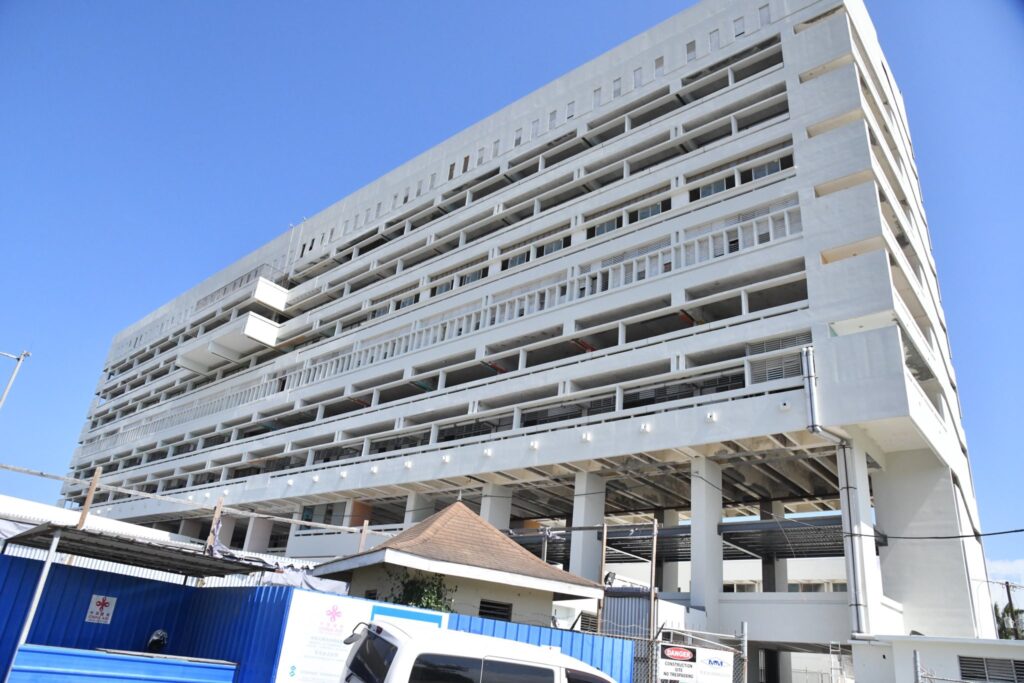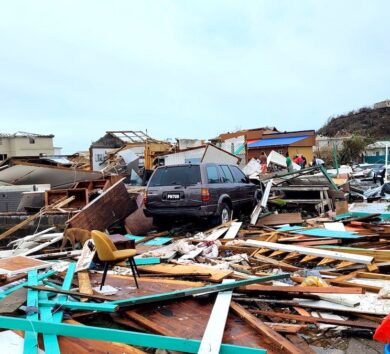

The Jamaican government’s announcement of a J$600 billion investment in the Montpelier Agricultural Research Station raises significant concerns, particularly given St James’ tumultuous history with the Cornwall Regional Hospital (CRH) project, which saw costs balloon from J$4 billion to over J$21 billion amid delays and public scepticism.
Below are five critical questions to assess whether the Montpelier initiative risks similar pitfalls:
1. How does the J$600 billion cost compare to other agricultural or national projects?
The CRH rehabilitation’s original J$4 billion budget spiralled to J$21.4 billion, while Montpelier’s J$600 billion allocation dwarfs even that figure. For context, Jamaica’s entire 2024–2025 national budget was approximately J$1.3 trillion.
What justifies an expenditure equivalent to nearly half the national budget on a single agricultural research station?
By comparison, the CRH project faced scrutiny for consuming resources comparable to entire ministry budgets.
2. What safeguards exist to prevent cost overruns and mismanagement?

The CRH project suffered from poor contractor performance, inflationary pressures, and scope changes. Montpelier’s announcement lacks clarity on:
- Phased funding breakdown: How much is allocated annually, and what deliverables are tied to each phase?
- Contingency plans: How will inflation (a cited factor in CRH’s cost hikes) be mitigated?
- Oversight mechanisms: Will independent audits be conducted, as demanded for CRH?
3. Is the scope of work proportional to the cost?
The CRH project included HVAC systems, medical equipment, and structural repairs, yet its J$21 billion price tag sparked debates about whether building a new hospital would have been more cost-effective.
Similarly, Montpelier’s plan mentions “perimeter fencing, irrigation systems, and new pastures”—infrastructure that seems incongruent with a J$600 billion spend. Detailed cost-benefit analyses and comparisons with alternative solutions (decentralised research hubs, for example) are absent.
4. How will this project impact broader agricultural priorities?
The CRH’s budget overruns diverted funds from other public services. With J$600 billion concentrated on one facility, what trade-offs will Jamaica face? For example:
- Will smallholder farmers in other parishes receive less support?
- Could this exacerbate regional inequities, as St. James already hosts the CRH and now a mega-research station?

5. Why prioritise Montpelier over immediate climate resilience measures?
While Minister Floyd Green cited climate change as a rationale, the CRH experience shows that project delays can render infrastructure obsolete before completion. Montpelier’s six-year timeline risks misalignment with urgent climate adaptation needs, such as drought-resistant crop development or soil conservation. How will the station’s research directly address these challenges within the investment period?
Comparative context: Cornwall Regional vs. Montpelier
| Factor | Cornwall Regional Hospital | Montpelier Research Station |
|---|---|---|
| Initial cost estimate | J$4 billion | J$600 billion |
| Revised cost | J$21.4 billion | Not yet applicable |
| Public concerns | Audits, contractor issues | Scope, transparency, equity |
| Government justification | Inflation, imported equipment | Climate change, agricultural innovation |
The Montpelier project demands rigorous scrutiny to avoid repeating the CRH debacle.
Transparent budgeting, independent oversight, and clear alignment with national agricultural goals are essential to justify this absurdly unprecedented expenditure.







Comments